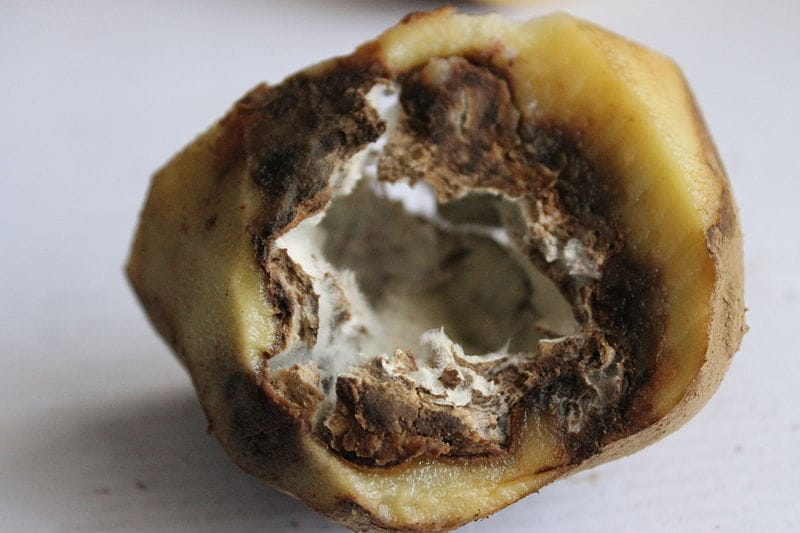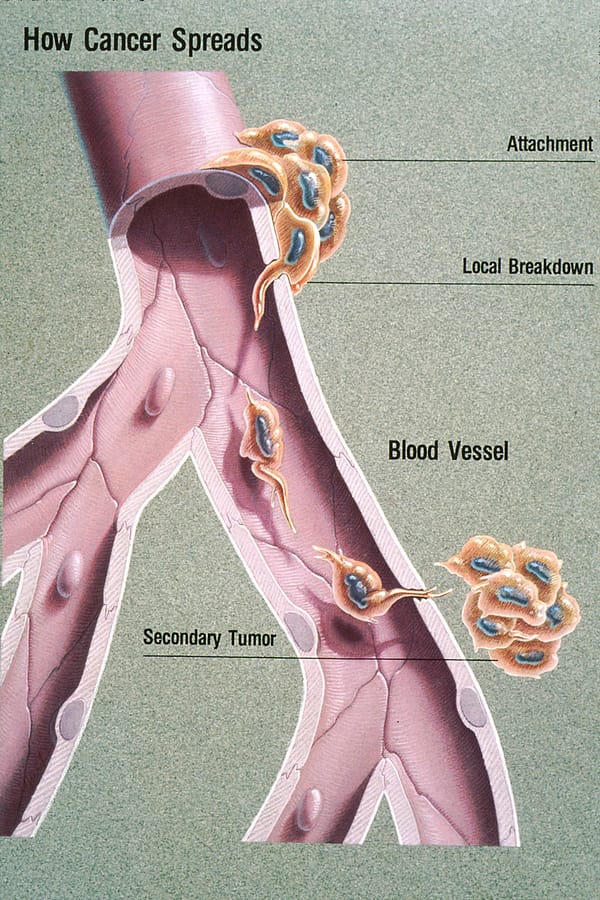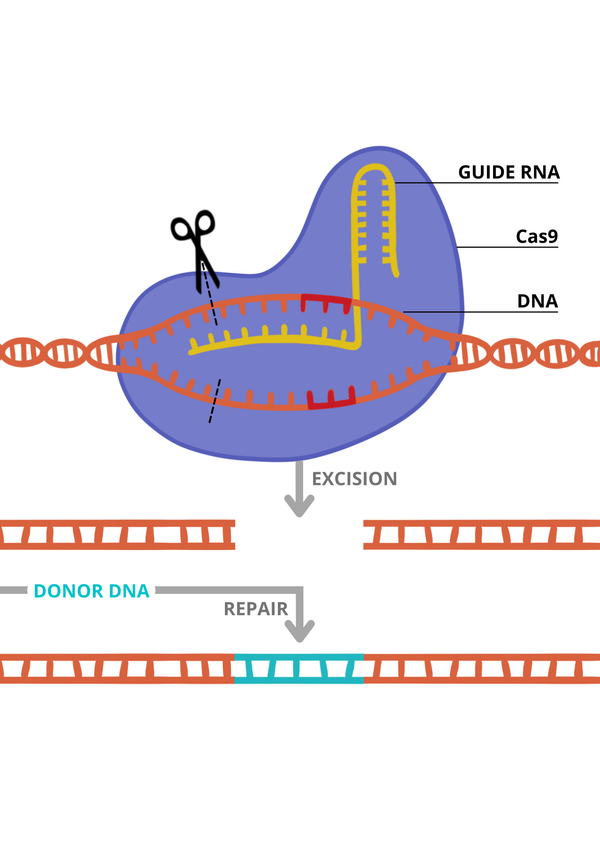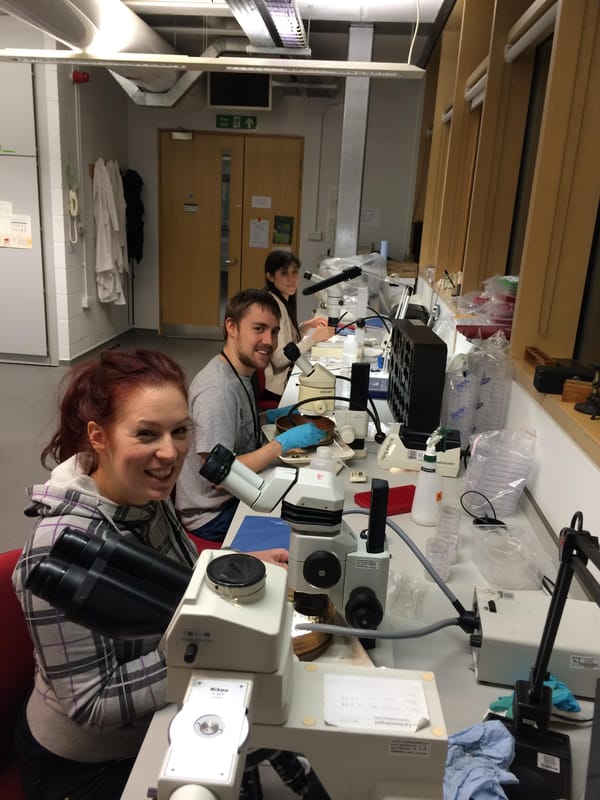The history of mankind is tinted with green
We walk on the shoulders of green immobile giants!

The first domesticated plants, probably cereals, were cultivated in the Fertile Crescent around 10,000 years ago. The Fertile Crescent is an area located in the Middle East, particularly favourable to the development of agriculture thanks to its sunny climate and the rivers that pass across it. Just like the discovery of fire, the apparition of agriculture was a milestone in human history because it led to the establishment of permanent residential zones. Having a stable residence also allowed people to possess more goods. As in the forager lifestyle, only the most essential items could be carried - to speed up the pace. That is to say, the transition from nomadism to sedentarism caused the emergence of private property. This was key for the definitive establishment of hierarchical societies dominated by the wealth of material goods.
The domestication of plants was not limited to the Fertile Crescent. Around the same time, some civilisations were discovering the plants that could be cultivated, while others were already developing canal systems to control the water distribution to crops. Although the oldest evidence of agriculture comes from the Fertile Crescent, the first steps of the domestication of crops are more likely to have happened in harsh environments. At the beginning of the 20th century, the Russian botanist Vavilov proved that domesticated plants come from mountains and not valleys, as was previously thought. Mountainous regions are usually associated with harsh environmental conditions that increase the rate of natural selection. Mountain plants have more genetic variability, which means there are more trait differences among the individuals of the same population, which boosts the biological fitness of the population. The increasing genetic variability allows humans to find plants with the ‘ideal set of desirable traits’ for cultivating. For example, potatoes are originally from the Andes, South America, and were brought to Europe by Spanish sailors.
Potatoes shaped human history by contributing to the creation of the most powerful nation currently, the United States of America. It all started in 1845, in Ireland, where a mysterious disease was annihilating potatoes. These were a vital source of food for the Irish population, especially amongst the poorest people. The destruction of potato crops caused the deaths of around 1,000,000 Irish, and the migration of another 1,500,000 to America. The arrival of such a huge number of immigrants boosted the economy and demography of the US. Nowadays, we know that the culprit of the potato famine was a plant pathogen called Phytophtora infestants, which continues to be a menace for crop security.
However, the most important group of plants is undoubtedly the grasses. The golden trio of cereals (wheat, corn, and rice) provides most of the calories ingested by humans. Wheat alone accounts for around 20% of the total carbohydrates and proteins of the global population. Sugarcane produces 80% of the global sugar that you put in your tea.
The challenges of cereal cultivation also created great innovation and development to society. It is therefore understandable why early civilisations placed such a great value on these crops. For example, folkloric dances and rituals were carried out in Central Europe to attract or to celebrate the good harvest. In the case of rice, its influence in Asia was huge, as it has been a staple food for millennia. It is a crop that requires a great deal of care and work. In fact, in the past, farmers needed to plant rice one by one with their bare hands. Furthermore, rice fields are sensitive to water levels; not enough will dry the plants, but too much will cause them to rot. In response, people developed a system of canalisation that can control the water levels of the rice fields, which required working in teams of hundreds or even thousands of people. The cultivation of crops required a great deal of organisation and involved many people, which is evident today in a world where the process is industrialised and global.
With these few examples, it is clear that “human history is tinted with green”. However, the domestication of plants was only the beginning. Now, we are modifying them genetically to enhance their properties in order to make them more nutritious and robust. The world of rot-proof tomatoes and ultra-resistant potatoes are closer than you would think.









